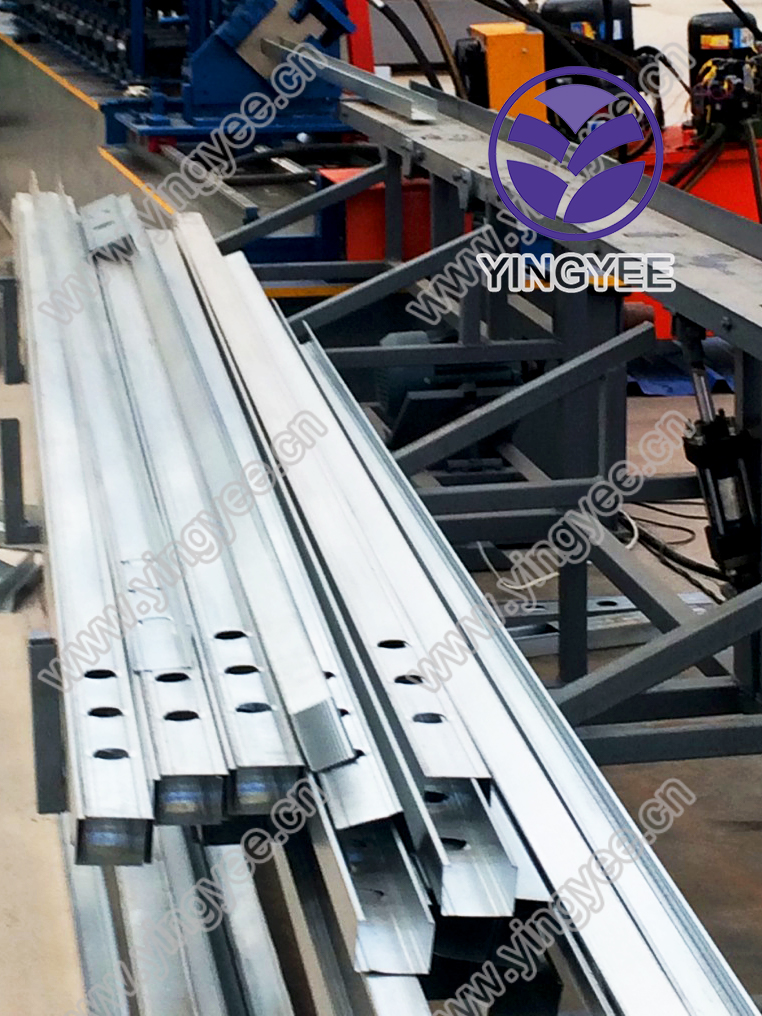
Stud and Track Drywall Forming Machine Revolutionizing Wall Construction
In the ever-evolving world of construction technology, the stud and track drywall forming machine has emerged as a game changer. This innovative piece of equipment streamlines the process of creating drywall frameworks, significantly improving efficiency and precision in the construction industry. Understanding the workings and benefits of this machine can provide valuable insights for professionals in the field.
What is a Stud and Track Drywall Forming Machine?
A stud and track drywall forming machine is designed to fabricate metal studs and tracks used in the framing of drywall installations. This machine automates the production of these components, which are essential in the construction of interior walls, ceilings, and partitions. Traditionally, the assembly of metal studs and tracks required manual labor, which could be time-consuming and prone to human error. The advent of the forming machine automates this process, enhancing speed and accuracy.
How It Works
The machine operates by taking coils of thin metal sheets, often made from galvanized steel, and processing them through a series of rollers and cutting mechanisms. The metal is first fed into the machine, where it is shaped into specific profiles that resemble the traditional stud and track format.
1. Feeding and Rolling The process begins with feeding the metal coil into the machine. Rollers shape the metal into the required stud or track profile through a series of bending and rolling operations. 2. Cutting Once the metal reaches the desired shape, it is cut to the required lengths. The machine can be programmed to produce different lengths based on the specific needs of the construction project. 3. Output The finished studs and tracks are then ejected from the machine, ready to be transported to the construction site for installation.
This entire process can be completed rapidly, allowing construction teams to meet tight deadlines and significantly reducing labor costs.
Advantages of Using a Stud and Track Drywall Forming Machine
1. Increased Efficiency One of the most notable benefits is the drastic increase in efficiency. With the ability to produce numerous studs and tracks in a short period, construction projects can proceed faster than ever.

2. Cost-Effectiveness By reducing the amount of labor required and minimizing material waste, these machines can lead to significant cost savings. The initial investment in a forming machine pays off over time as projects become more profitable.
3. Precision and Consistency The automated nature of the machine ensures high precision in measuring and cutting, resulting in a consistent product that meets industry standards. This reduces the likelihood of errors, which can lead to costly corrections later in a project.
4. Flexibility Modern stud and track machines often come with programmable features that allow operators to easily adjust settings for different project requirements. This flexibility ensures that builders can respond quickly to changing designs or specifications.
5. Improved Safety Automating the metal framing process also reduces the potential for workplace injuries. Fewer manual handling tasks mean a safer environment for construction workers.
Industry Applications
The stud and track drywall forming machine finds applications across various sectors, including residential, commercial, and industrial construction. Whether it is for erecting interior walls in homes or creating complex framework structures in corporate buildings, this technology enhances project delivery.
Moreover, the move towards energy-efficient and sustainable construction methods has seen a rise in the use of these machines. As builders look for ways to reduce their carbon footprint, the efficiency of the stud and track forming process aligns perfectly with green construction practices.
Conclusion
The stud and track drywall forming machine is an integral part of modern construction practices. By improving efficiency, precision, and safety while significantly reducing costs, this machine is reshaping how drywall frameworks are manufactured and installed. As technology continues to advance, the construction industry can expect even greater innovations that will push the boundaries of what is possible. Embracing these changes will not only enhance productivity but also ensure that construction professionals remain competitive in an increasingly demanding market.